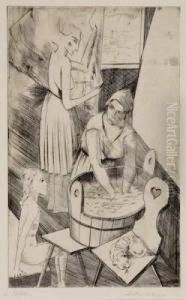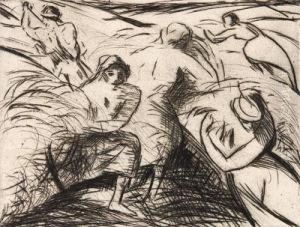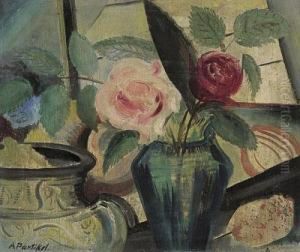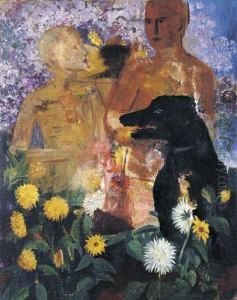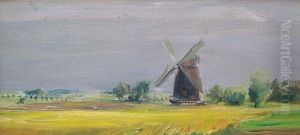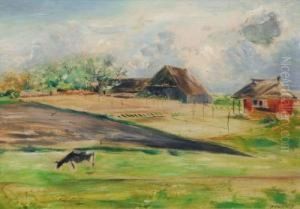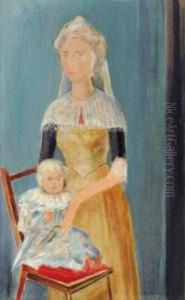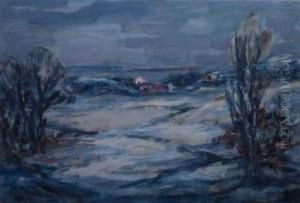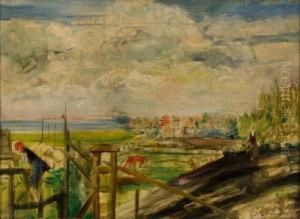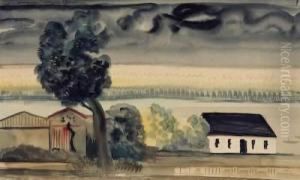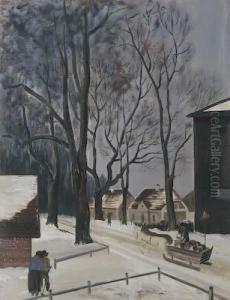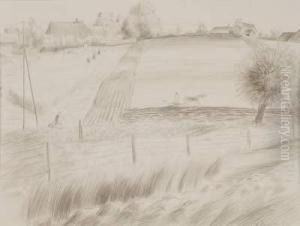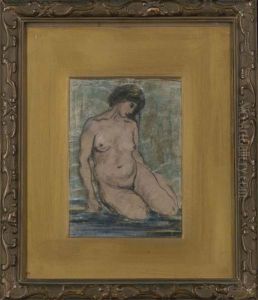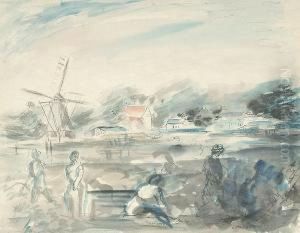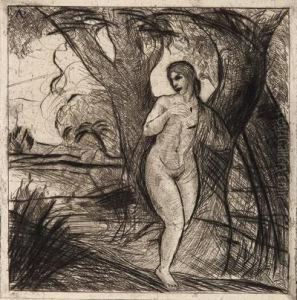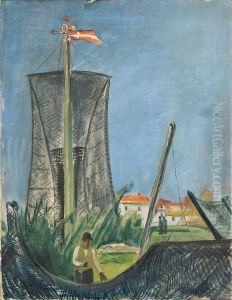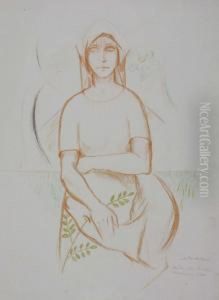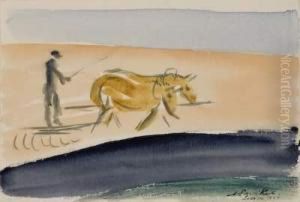Alfred Partikel Paintings
Alfred Partikel was a German landscape painter and graphic artist, recognized for his impressionist and expressionist works that captured the beauty of nature. Born on October 27, 1888, in Aussig, Austria-Hungary (now Ústí nad Labem, Czech Republic), Partikel grew up during a time of artistic innovation and societal changes in Europe.
After completing his initial education, Partikel attended the Academy of Fine Arts in Dresden, where he studied under the guidance of prominent artists such as Oskar Zwintscher and Gotthardt Kuehl. His early works were marked by a strong impressionist influence, showcasing his fascination with the play of light and color in outdoor settings.
During World War I, Partikel served in the military, and his experiences during the war influenced his subsequent artistic direction. After the war, he became associated with the artists’ colony in Ahrenshoop on the Baltic Sea, where he was deeply inspired by the coastal landscapes. His style evolved to incorporate elements of expressionism, characterized by bold colors and dynamic brushwork, reflecting the emotional intensity of his subjects.
Throughout his career, Partikel participated in numerous exhibitions and became a respected figure in the German art scene. In addition to painting, he also engaged in printmaking, producing etchings and woodcuts that echoed his passion for the natural world.
Tragically, Alfred Partikel’s life came to an abrupt end during the chaotic final days of World War II. He disappeared in April 1945, and it is believed that he was killed during the Soviet advance through Pomerania. His exact fate remains unknown, but his body of work continues to be celebrated for its vibrant depiction of landscapes and its contribution to the development of modern art in Germany.
